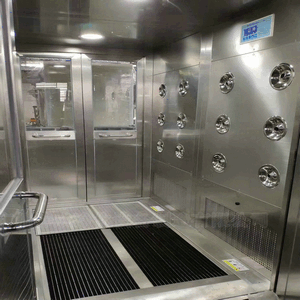🗣 SL提问: ai景观平面图
✍️ Ai批改: Creating an AI landscape plan involves designing a space that incorporates intelligent technology to enhance its functionality, efficiency, and sustainability、Here's a comprehensive approach to planning an AI-integrated landscape:
1、Assessment and Planning
Objective Setting: Define the goals of your AI landscape plan、This could range from creating a smart garden, enhancing home automation, to designing an intelligent urban park.
Site Analysis: Assess the physical environment, including topography, climate, soil, existing vegetation, and infrastructure.
Technology Integration: Determine what AI technologies you want to incorporate, such as smart irrigation systems, automated lighting, or even advanced environmental monitoring systems.
2、Design Elements
Smart Irrigation Systems: Utilize AI to optimize water usage based on weather forecasts, soil moisture levels, and plant water requirements.
Automated Lighting: Implement AI-controlled lighting that adjusts based on the time of day, weather conditions, and occupancy.
Environmental Monitoring: Incorporate sensors for monitoring temperature, humidity, air quality, and noise levels, providing real-time data to improve the landscape's response to environmental changes.
Energy Harvesting: Consider integrating solar panels or wind turbines to power your AI systems, promoting sustainability.
Accessibility and Safety: Design pathways and features that are accessible and safe for users, incorporating AI-powered mobility aids if necessary.
3、Technology and Tools
AI and IoT Devices: Leverage Internet of Things (IoT) devices and AI algorithms to analyze data from various sensors and make real-time adjustments to the landscape.
Data Analytics: Use data analytics to understand usage patterns, environmental impacts, and areas for improvement within the landscape.
User Interface: Develop a user-friendly interface for residents or visitors to interact with the landscape, such as mobile apps for controlling lighting, irrigation, or even reporting issues.
4、Sustainability and Efficiency
Water Conservation: Implement rainwater harvesting systems and efficient irrigation methods.
Native Planting: Use native plants that require less maintenance and water, reducing the need for external inputs.
Green Spaces: Maximize green areas for better air quality, aesthetic appeal, and biodiversity.
5、Implementation and Maintenance
Phased Implementation: Roll out your plan in phases, starting with critical or foundational elements.
Maintenance Plan: Establish a routine maintenance schedule for all technology and physical landscape elements.
6、Example of an AI Landscape Plan
Smart Urban Park:
Features: The park includes AI-powered waste management systems, smart benches that charge devices, and interactive educational displays.
Technology: Sensors monitor and manage waste levels, air quality, and park usage, sending alerts for maintenance or changes in environmental conditions.
Sustainability: Solar-powered charging stations, rain gardens for stormwater management, and native plant species.
7、Future-Proofing
Scalability: Design with scalability in mind, allowing for the easy integration of future technologies.
Security: Ensure all AI and IoT devices are secure and respect user privacy.
Conclusion
An AI landscape plan is not just about incorporating technology into a space; it's about creating a dynamic, responsive environment that enhances the user experience while promoting sustainability and efficiency、By carefully assessing needs, integrating appropriate technologies, and focusing on sustainability, you can create a landscape that is not only beautiful but also intelligent and responsive to its users' needs.
0
IP地址: 81.129.149.106
搜索次数: 264
提问时间: 2025-04-13 03:30:56
❓️ 热门提问:
金彭电动车官网价格表
ai素材笔刷
国泰利享安益短债债券A
ai软件好用吗
1克黄金首饰回收价格表
国内合法的伦敦金平台
外汇黄金计算公式
国际黄金金价走势
路德环境
ai工具包软件
豌豆Ai站群搜索引擎系统
🤝 关于我们:
三乐Ai
作文批改
英语分析
在线翻译
拍照识图
Ai提问
英语培训
本站流量
联系我们

📢 温馨提示:本站所有问答由Ai自动创作,内容仅供参考,若有误差请用“联系”里面信息通知我们人工修改或删除。
👉 技术支持:本站由豌豆Ai提供技术支持,使用的最新版:《豌豆Ai站群搜索引擎系统 V.25.05.20》搭建本站。
















